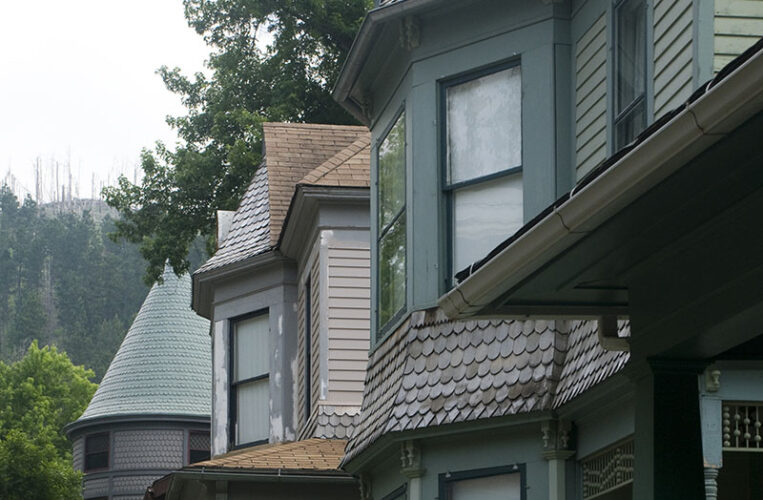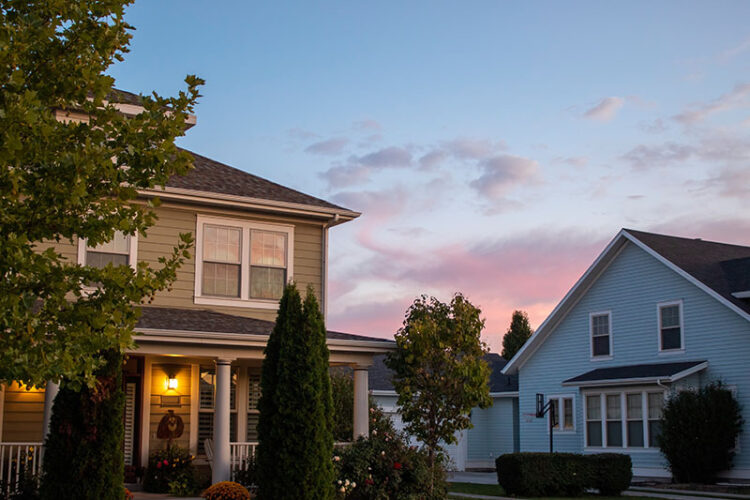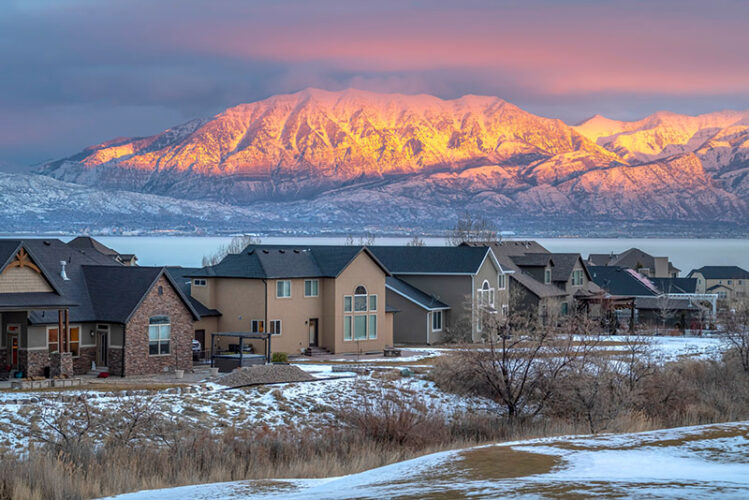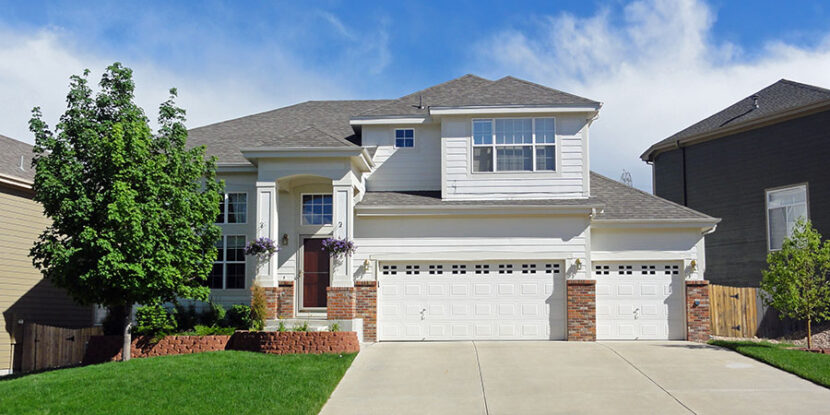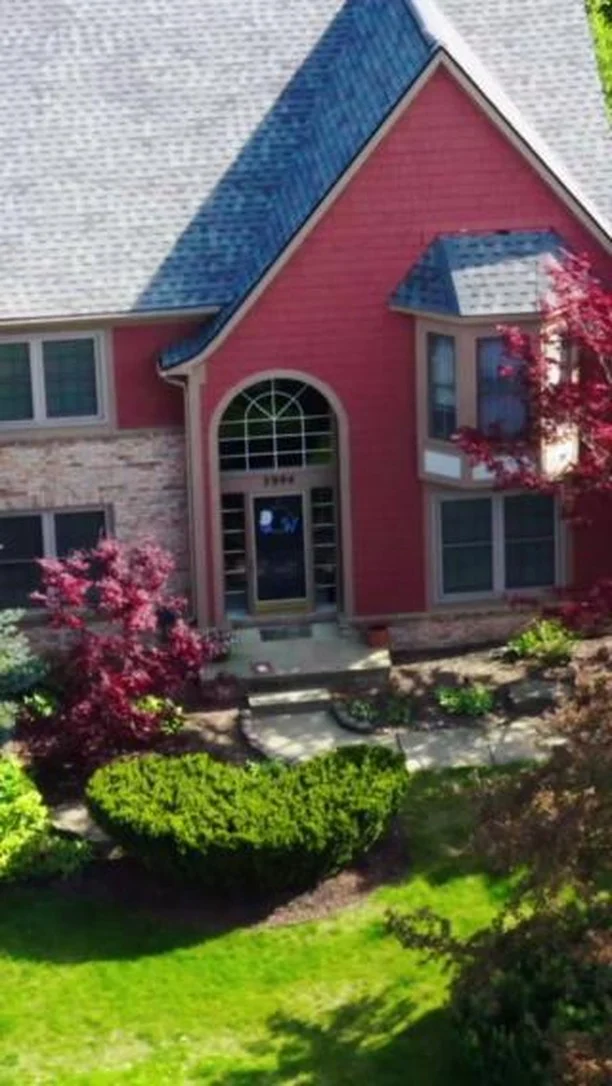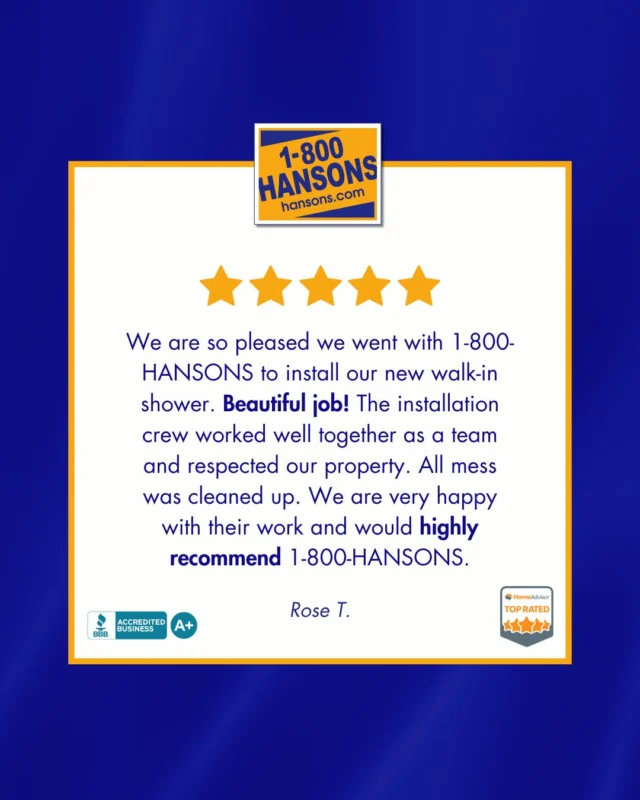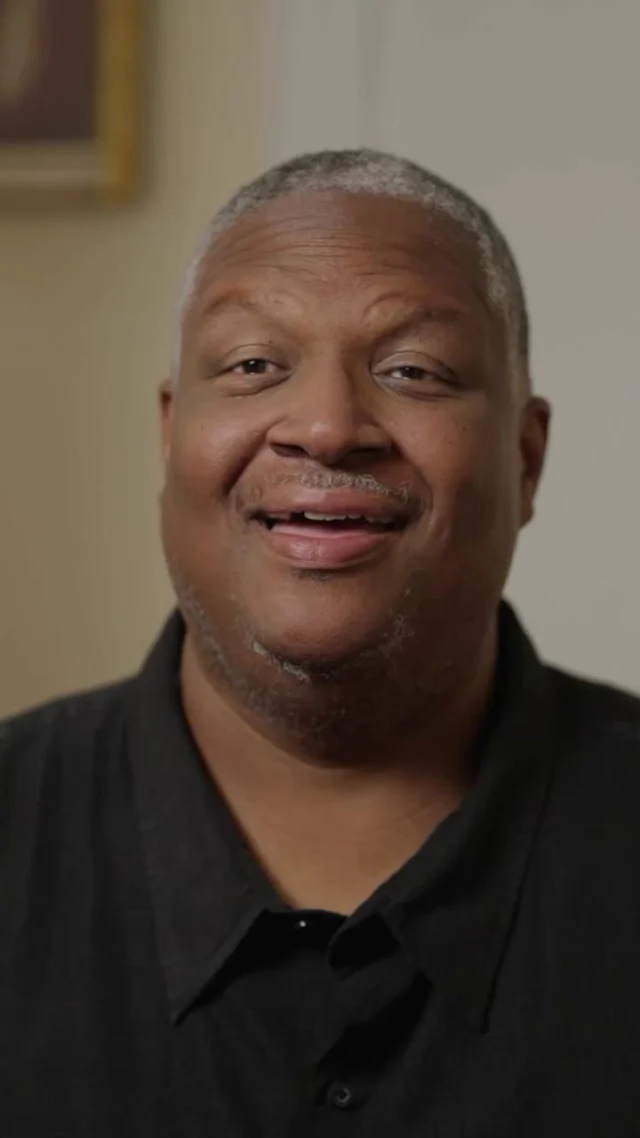Common Roofing Problems in Denver, CO
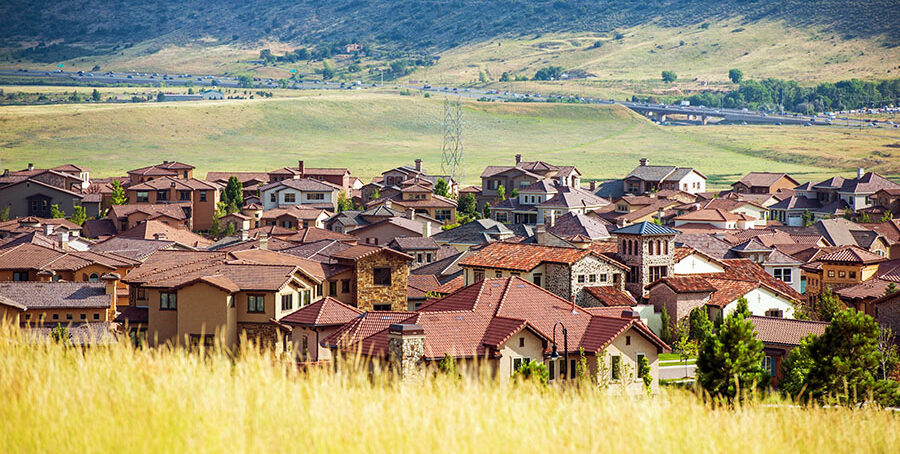
The Mile High City is Colorado’s toughest climate zone. It lies over 5, 000 feet above sea level, but its altitude isn’t its only challenge. Its summers come with choppy thunderstorms. Snow, ice, and massive temperature extremes wear heavily on your housing infrastructure. They cause soil shrinkage, which erodes your foundation and, ultimately, destroys the integrity of your roof.
Cracks, sagging, and buckled shingles are swift to follow. Of course, altitude is the true nemesis of this story. It brings heavy snow loads and ice melt. Add solar radiation, air density, and atmospheric water vapor, and you have conditions that are damning for your roof.
Overcoming Sun Exposure
The more miles you pack beneath your feet, the more sun exposure you must endure. Denver enjoys 300 days of sunlight every year. That increases the pace of roofing wear. Reflective, emissive roof coatings can protect your infrastructure while keeping your interior cool.
White is the most reflective color in the roofing palette, reflecting up to 90% of the sun’s rays. Ordinary paint can’t expand and contract in accordance with Denver’s temperature extremes, so it’s best to choose a specialized coating that works with your roof substrates. This kind of roof system performs double duty by waterproofing during hail and storms.
Get a Free Estimate Today
50% off installation. Special financing available. See details.
Dealing with the Consequences of High Altitudes
High altitudes come with air pressure and density extremes, so your roofing materials need to be particularly durable. Denver is also prone to ice and leakage that collect if your roof is compromised.
Asphalt is still one of the most durable products on the market for these problems. It offers up to 30 years of protection, but impact resistant alternatives are better at dealing with Denver’s hail and wind.
Triple-laminate adds a little extra longevity, but concrete tiles haven’t become a favorite in the American west without reason. They resist the effects of hail far more effectively than asphalt, so you can finally say goodbye to those dark stress marks. Few materials offer more integrity than high quality metal, though. Vertical seam metal roofing has raised seams that cope well with winter snowstorms.
Metal shakes mimic the appearance of shingles while reaping the benefits of stronger roofing systems, so if it’s aesthetics you’re searching for, there are few better options.
High Winds
Denver’s wind speeds tip the charts at 201 miles per hour. Hurricane force winds are common, but even on average days, you can expect winds of 100 miles per hour. Your typical modern roof can only withstand winds of 90 miles an hour, but the most robust materials on the market can push that resistance up to 150.
Fiberglass and clay are excellent choices, but shingles are prone to breaking off. Metal remains one of the best choices for Tornado alley. It has fewer seams and overlaps, so wind slips by without incident. The shape of your roof is just as important. Thirty-degree pitches with four or more slopes resist damage best.
Wind isn’t the only offender in the Denver area. Falling trees are common during heavy snows. Moss and algae growth are two more side effects of overhanging limbs, so choose gutter-guarded, scratch-resistant tiles.
Avid pruning will help, but your best cure for impact damage is a holistic roofing system. Class Four impact-resistant shingles with a rating of UL 2218 are best.
It is possible to resist Denver’s high-altitude extremes. The right materials, coating, and roofing system will help you to outlast the seasons. Even so, the most important protective mechanisms are frequent inspections. Maintenance will prevent minor damage from becoming an irreparable catastrophe, so your roofer is your strongest ally.
More information on 1-800-HANSONS roofing in Denver including location and contact information.

